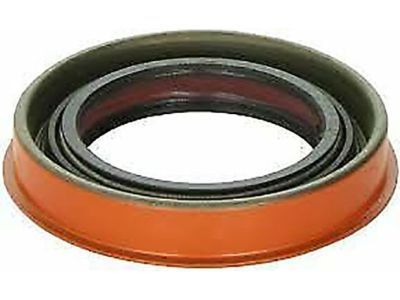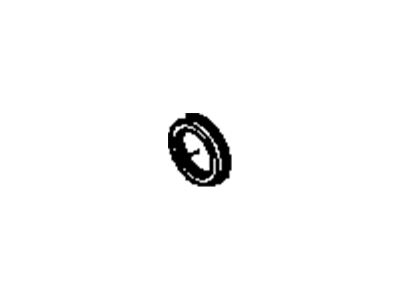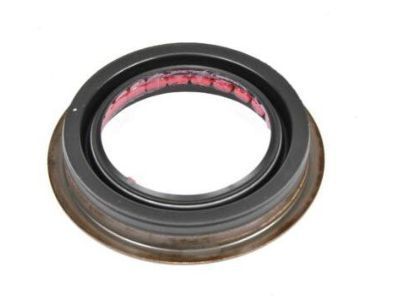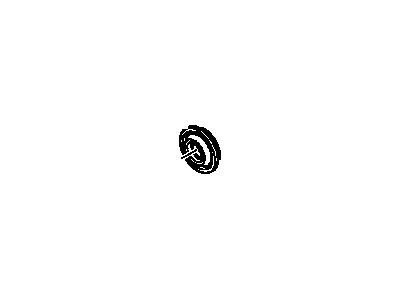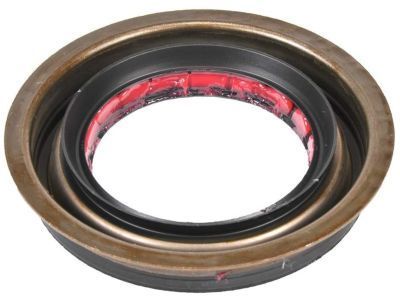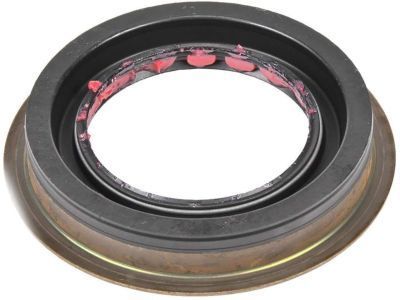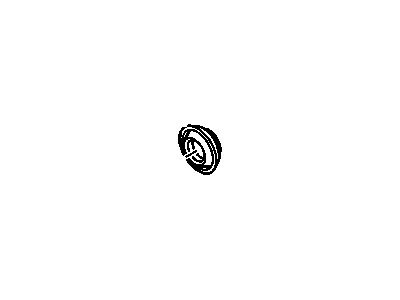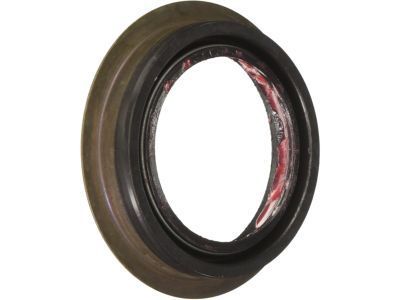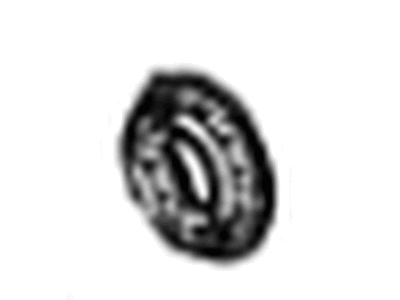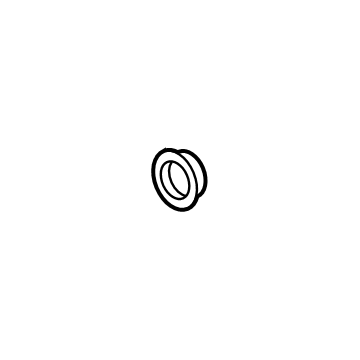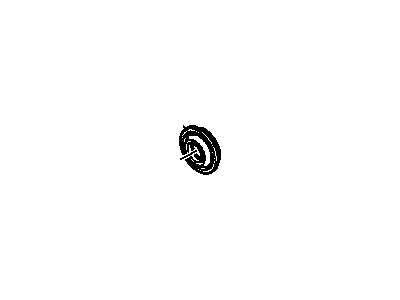
My Garage
My Account
Cart
Genuine Cadillac Escalade Differential Seal
- Select Vehicle by Model
- Select Vehicle by VIN
Select Vehicle by Model
orMake
Model
Year
Select Vehicle by VIN
For the most accurate results, select vehicle by your VIN (Vehicle Identification Number).
10 Differential Seals found
Cadillac Escalade Seal,Front Differential Drive Pinion Gear
Part Number: 12471590$24.90 MSRP: $42.21You Save: $17.31 (42%)Cadillac Escalade Seal, Differential Drive Pinion Gear
Part Number: 26064029$26.61 MSRP: $44.04You Save: $17.43 (40%)Ships in 1-2 Business DaysCadillac Escalade Seal, Differential Drive Pinion Gear
Part Number: 26064030$27.44 MSRP: $51.77You Save: $24.33 (47%)Ships in 1-2 Business DaysCadillac Escalade Seal, Differential Drive Pinion Gear
Part Number: 26064028$28.59 MSRP: $47.33You Save: $18.74 (40%)Ships in 1-3 Business DaysCadillac Escalade Seal, Differential Drive Pinion Gear
Part Number: 22943111$64.08 MSRP: $109.57You Save: $45.49 (42%)Ships in 1-2 Business DaysCadillac Escalade Seal, Diff Drv P/Gr
Part Number: 84811694$30.04 MSRP: $49.73You Save: $19.69 (40%)Ships in 1-2 Business DaysCadillac Escalade Seal, Front Diff Drv P/Gr
Part Number: 84428304$26.98 MSRP: $50.91You Save: $23.93 (47%)Ships in 1-2 Business DaysCadillac Escalade Seal, Front Diff Drv P/Gr
Part Number: 23243853$19.93 MSRP: $37.59You Save: $17.66 (47%)Ships in 1-2 Business DaysCadillac Escalade Seal, Diff Drv P/Gr
Part Number: 84881448$101.93 MSRP: $168.70You Save: $66.77 (40%)Ships in 1-3 Business Days
Cadillac Escalade Differential Seal
Each OEM Cadillac Escalade Differential Seal we offer is competitively priced and comes with the assurance of the manufacturer's warranty for the part. Furthermore, we guarantee the speedy delivery of your orders right to your doorstep. Our hassle-free return policy is also in place for your peace of mind.
Cadillac Escalade Differential Seal Parts Questions & Experts Answers
- Q: How to replace the front and rear differential seals on Cadillac Escalade?A:Both the front and the rear pinion oil seals are replaced under this procedure. Start by removing the wheel lug nuts by a wrench and then lifting the front or rear part of the car with a jack and placing it on the jackstands and placing blocks underneath the other wheels to ensure that they do not move. Cut the wheels off, then unbolt the driveshaft from the pinion flange and move the shaft out of the way. Manually turn the shaft a few times and then use a beam-type or dial-type inch-pound torque wrench to measure and thereby know the torque needed to rotate the pinion to come back to the original position; the value is to be recorded. Position the pinion flange relative to the shaft and tally the number of external threads on shaft. It is possible to use a special tool to prevent the companion flange from turning during the unscrewing of the self-locking pinion nut; or a chain wrench will help immobilise the flange. Loosen the pinion nut and take the flange out, with a two jaw puller, in case needed, turn the flange with your hands and do not pry or hammer on the flange or pinion shaft. Remove the old seal gradually without affecting the function of the pinion using a seal removing tool or a large screw driver. It is also advisable to lubricate the lips of the new seal and then tapping it into place using the seal installation tool or a large socket to see that it gets in squarely and within the required limit depth. Place the pinion flange into position sec Torque setting for '-' mark on shaft synchronizing with that on flange in order to receive the flange, do not hammer the flange into position. Place RTV sealant only on the minimum amount at the ends of the splines visible in the centre of the flange and then put on the washer then put on a new pinion nut and tighten it to expose the recorded number of thread. Revolve the pinion and while tightening the nut rotate in small increments until the recommended torque is obtained and aligns with that obtained earlier; remember to take into account the drag of the new oil seal and tighten a little more until the rotational torque is 3 to 5 inch-lbs more than the first recording. Lastly, replace all the parts that were noted above to be removed and then tightened according the tightening torque specifications available and the wheel lug nuts.
Related Cadillac Escalade Parts
Browse by Year
2024 Differential Seal 2023 Differential Seal 2022 Differential Seal 2021 Differential Seal 2020 Differential Seal 2019 Differential Seal 2018 Differential Seal 2017 Differential Seal 2016 Differential Seal 2015 Differential Seal 2014 Differential Seal 2013 Differential Seal 2012 Differential Seal 2011 Differential Seal 2010 Differential Seal 2009 Differential Seal 2008 Differential Seal 2007 Differential Seal 2006 Differential Seal 2005 Differential Seal 2004 Differential Seal 2003 Differential Seal 2002 Differential Seal 2000 Differential Seal 1999 Differential Seal
